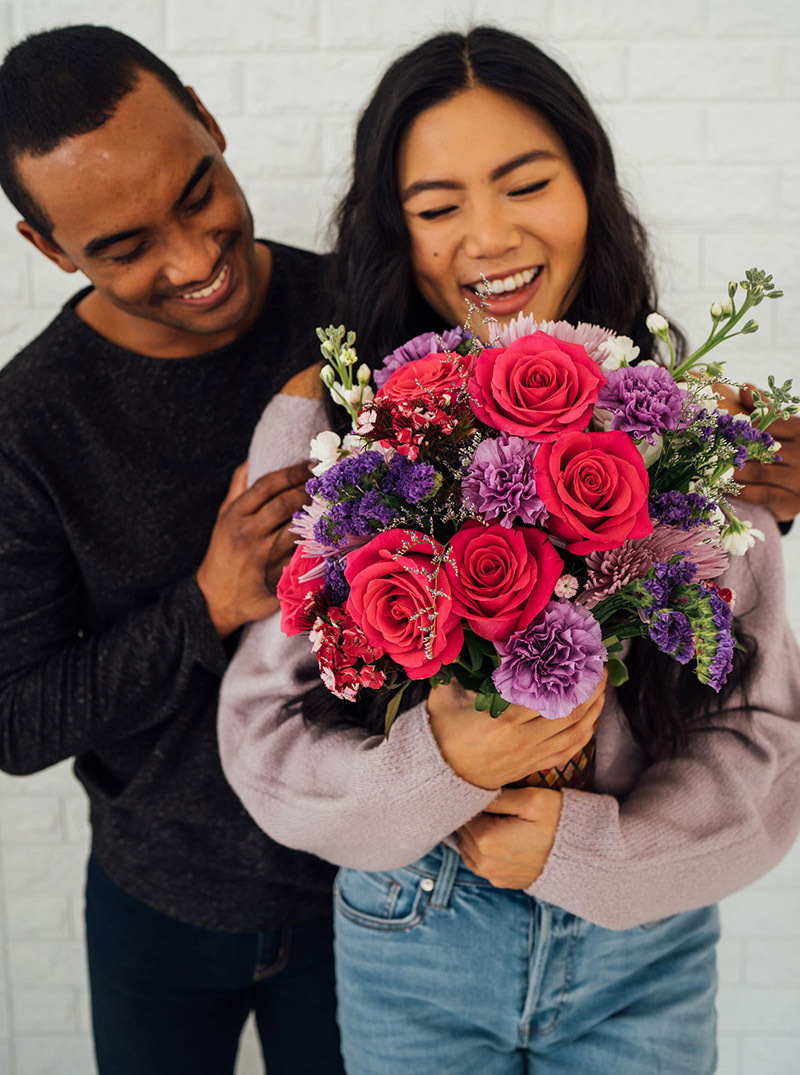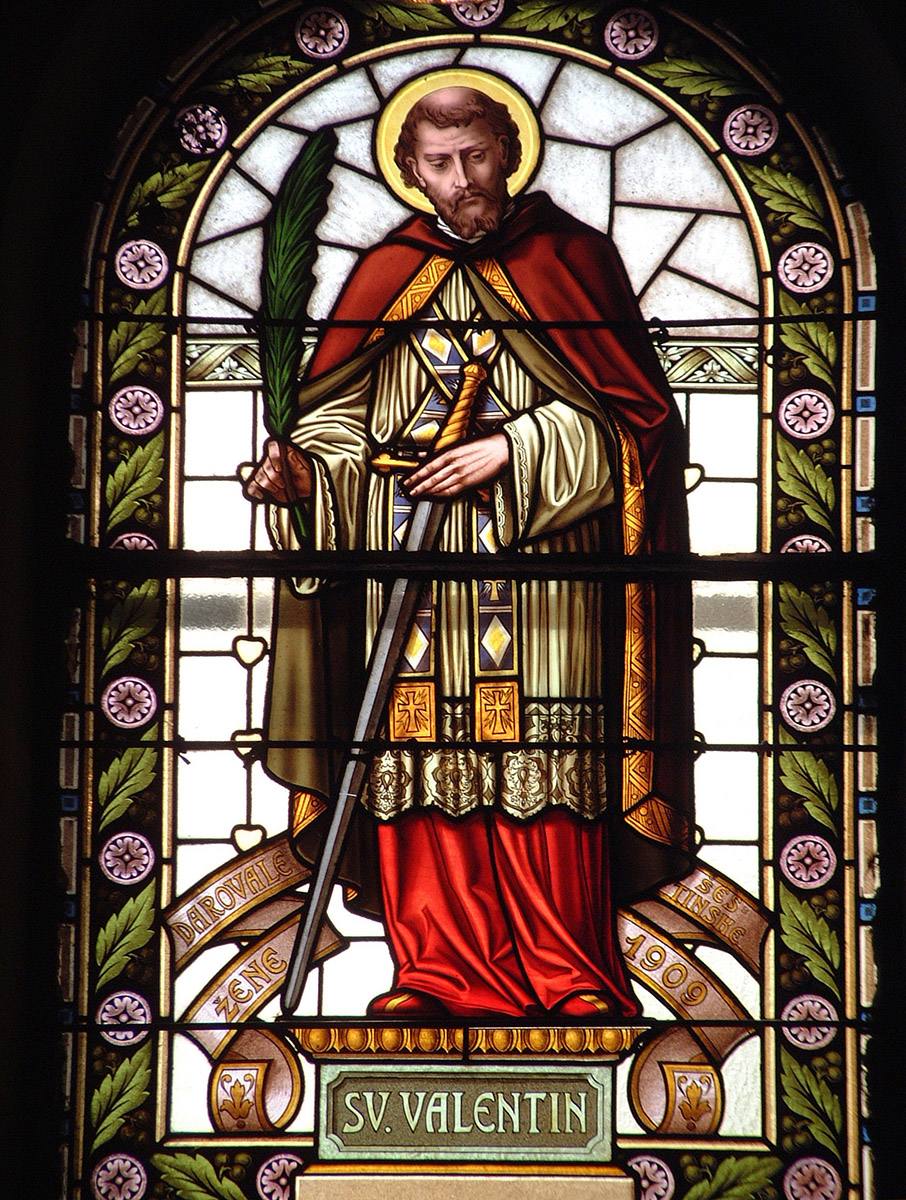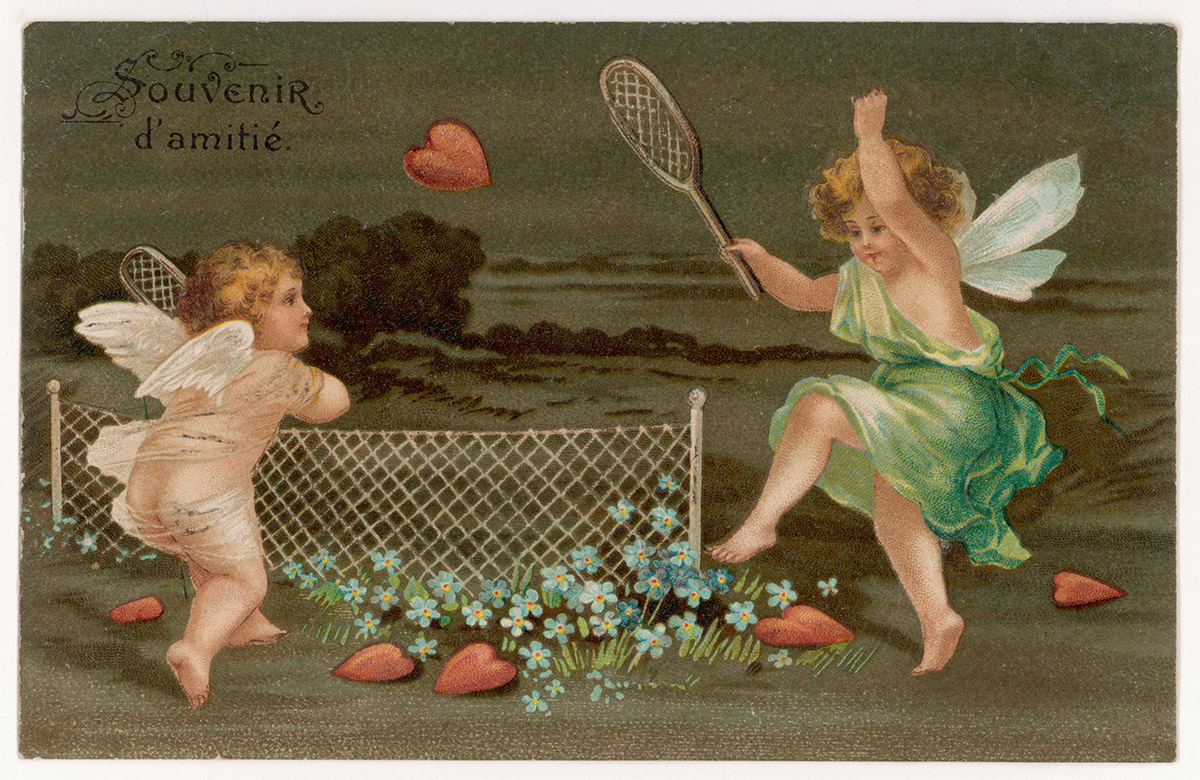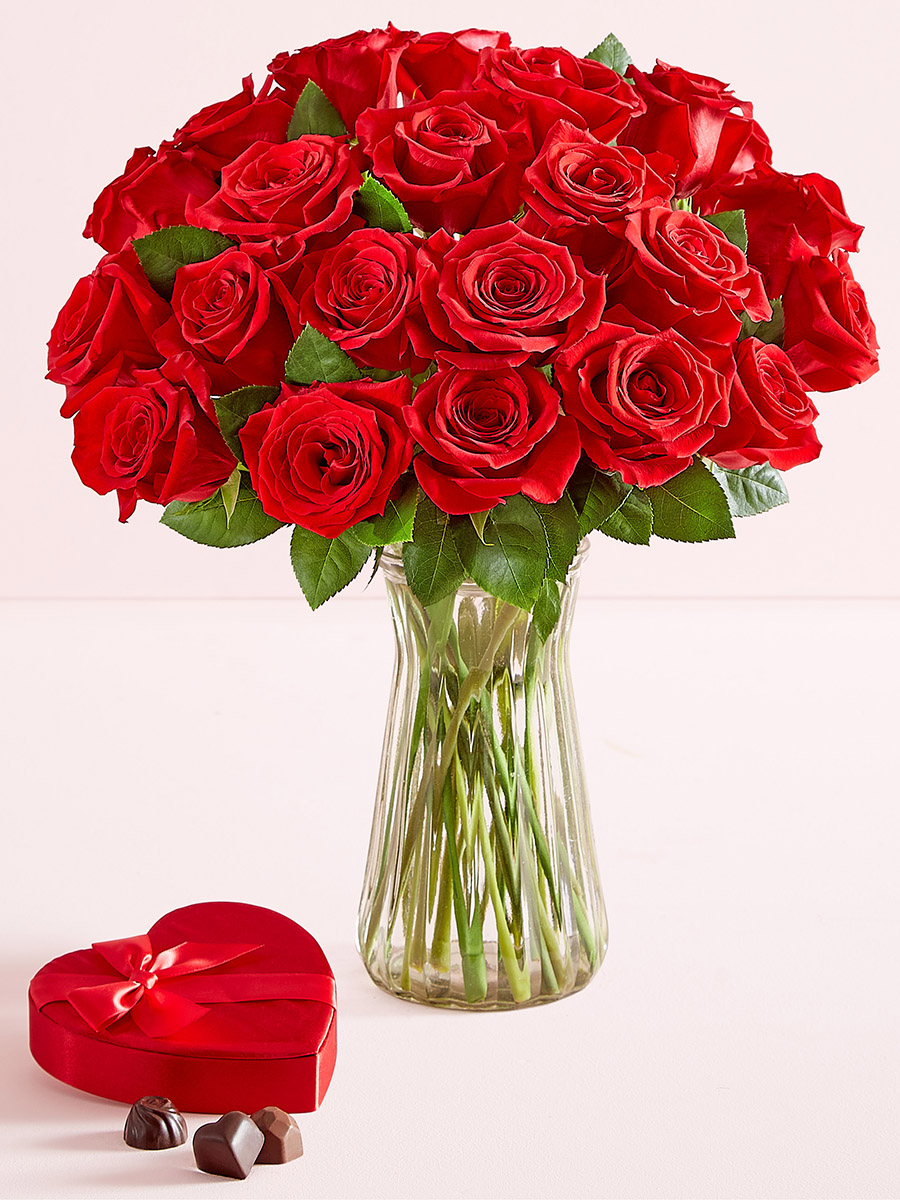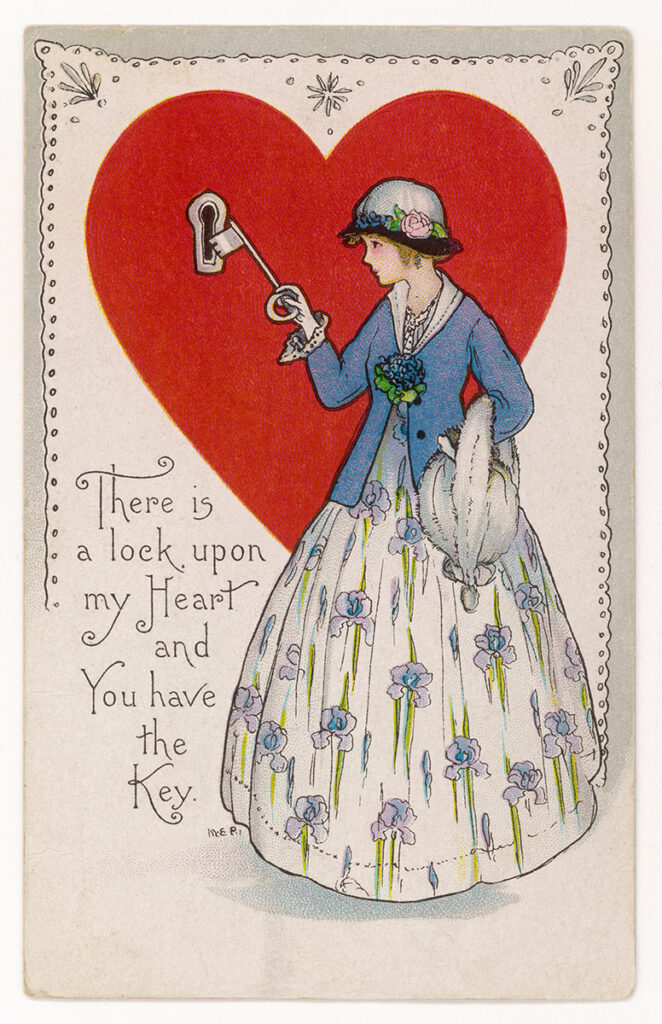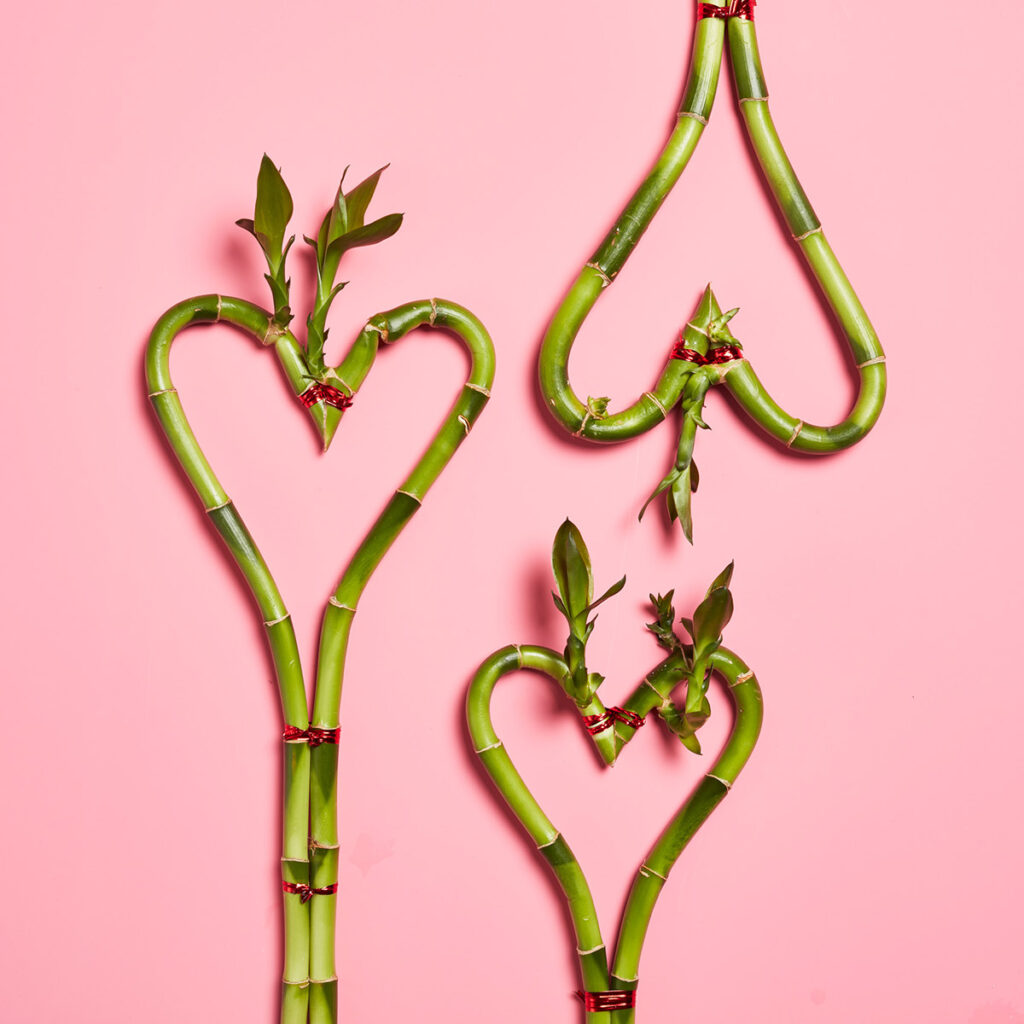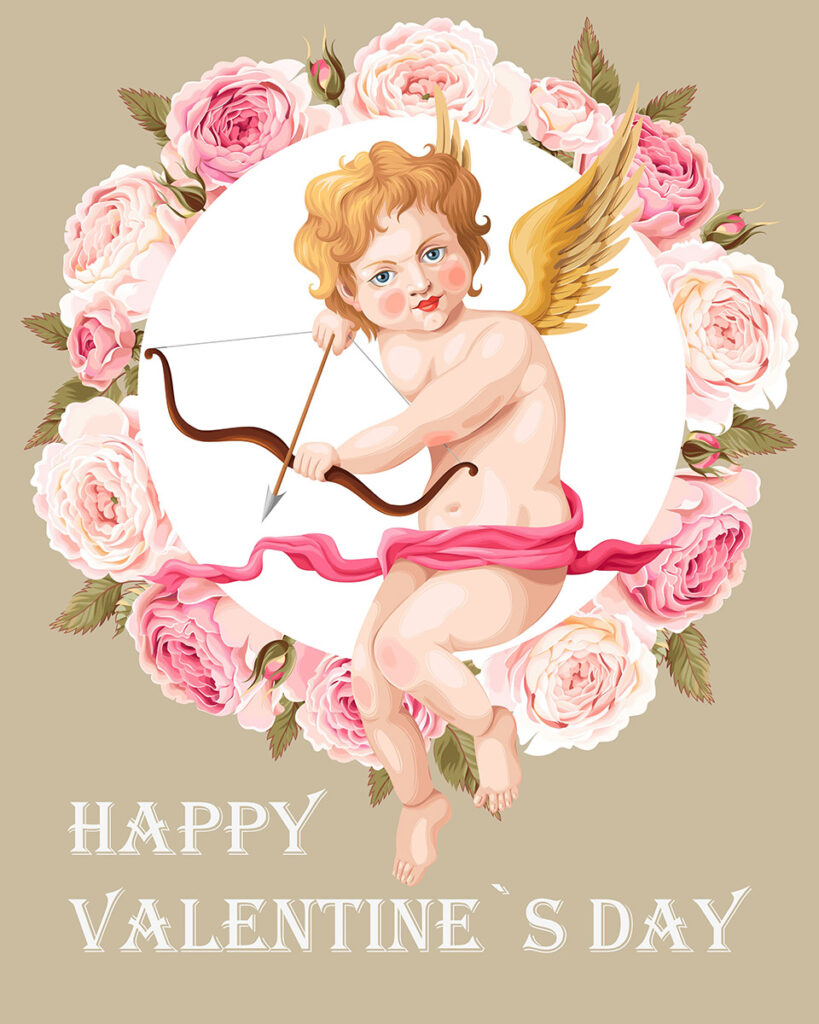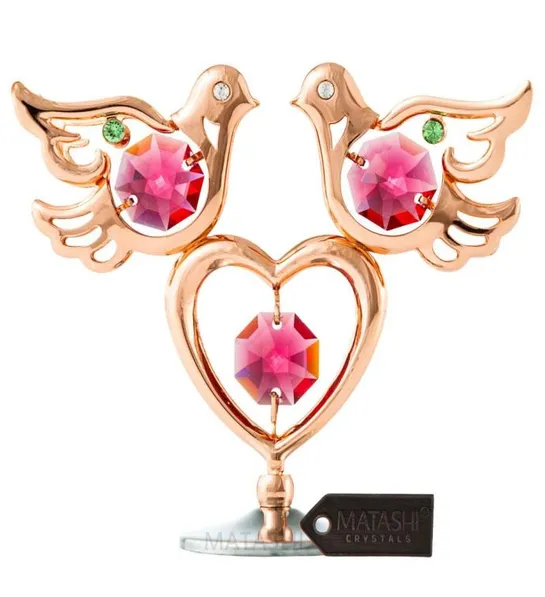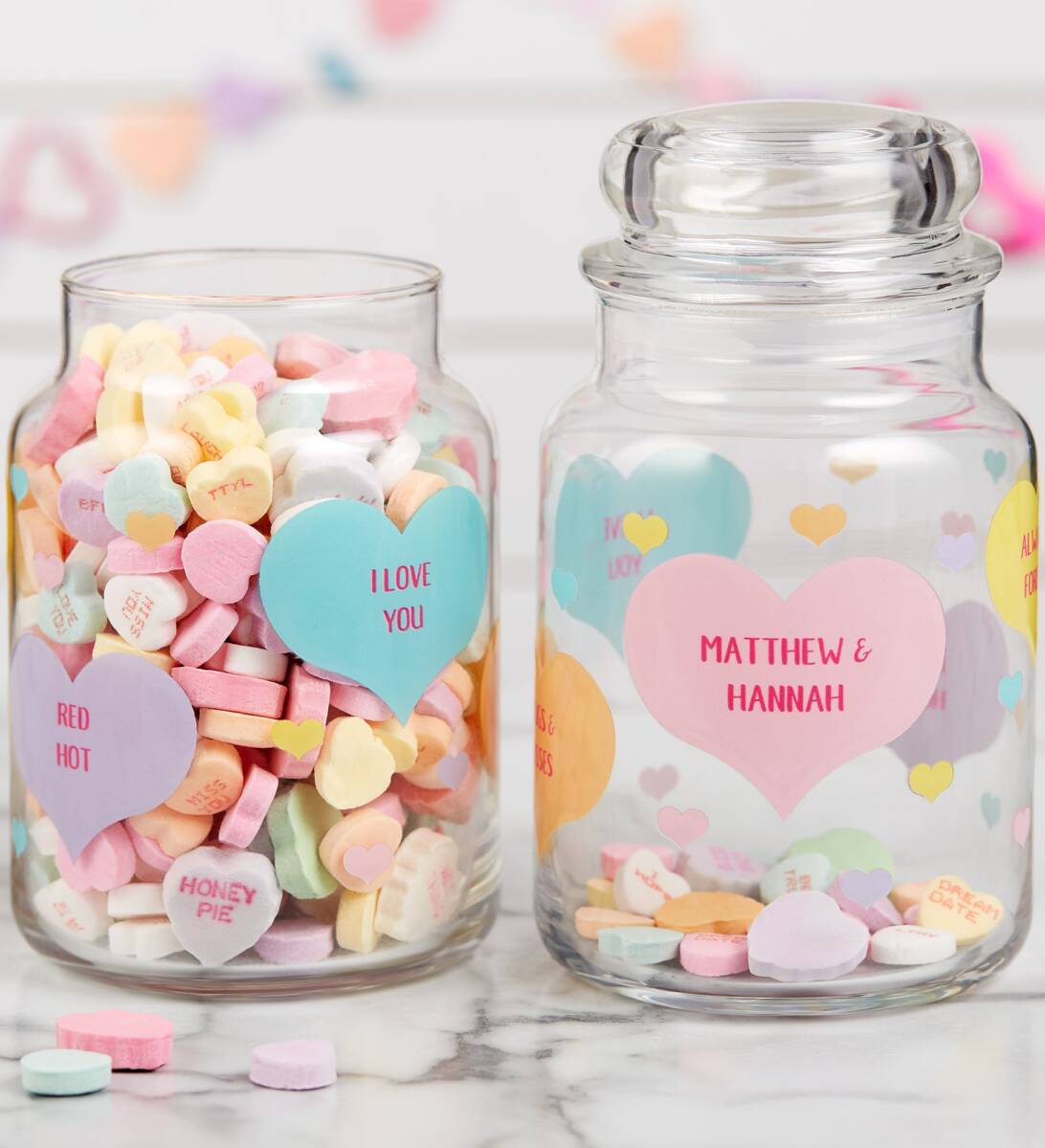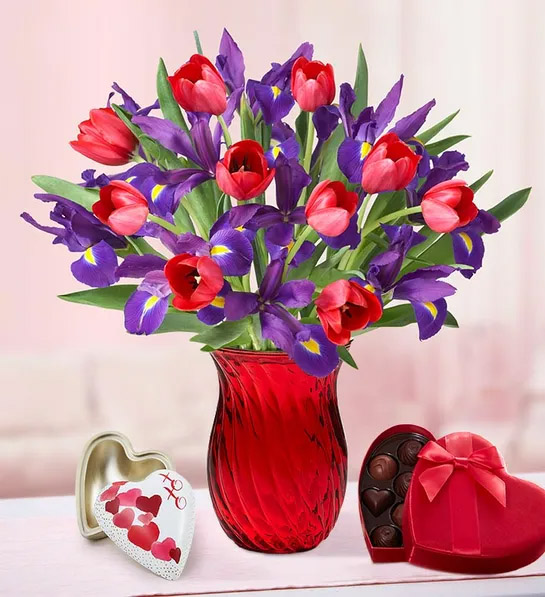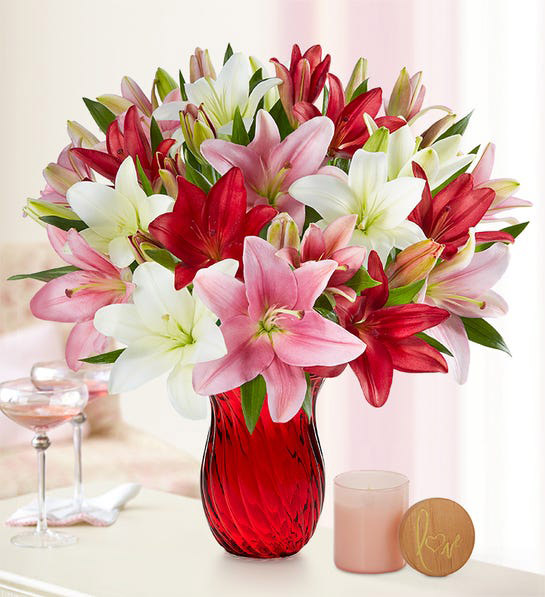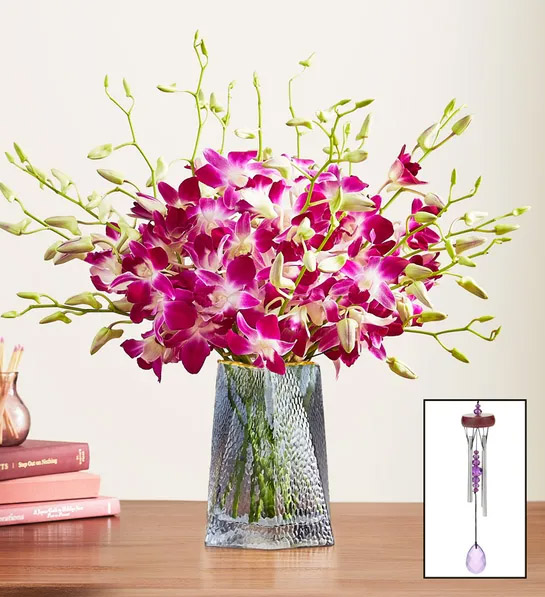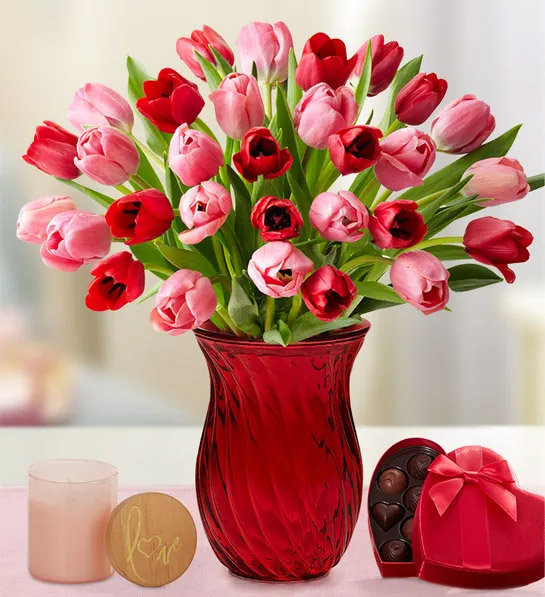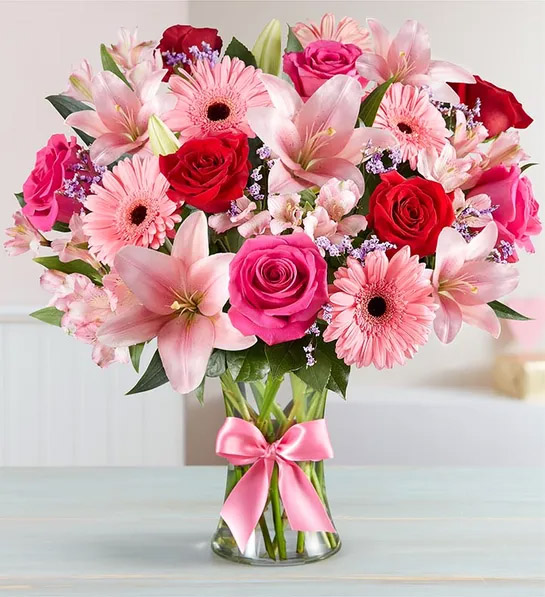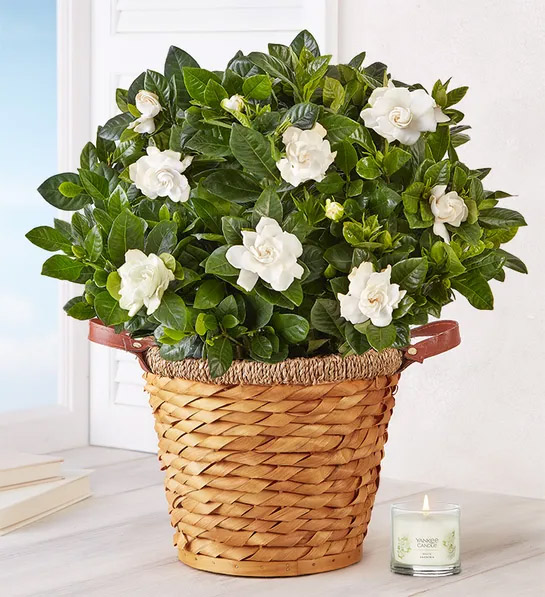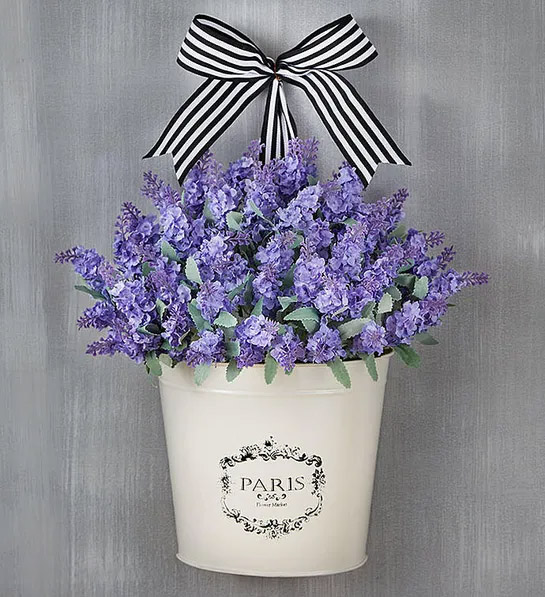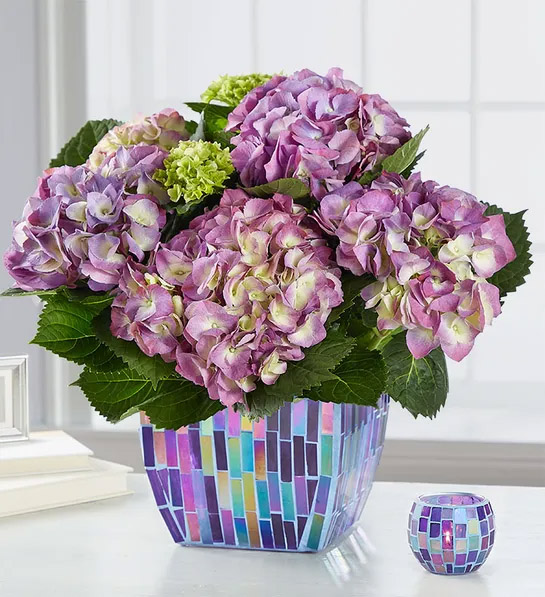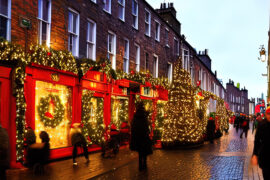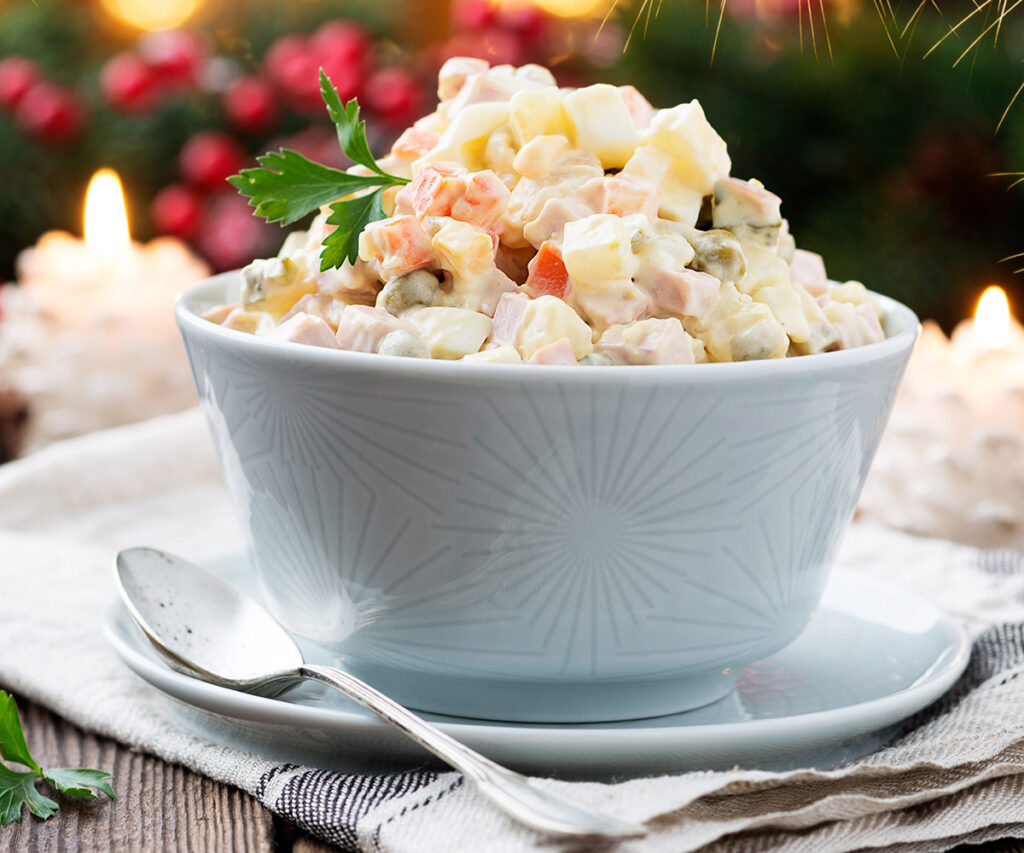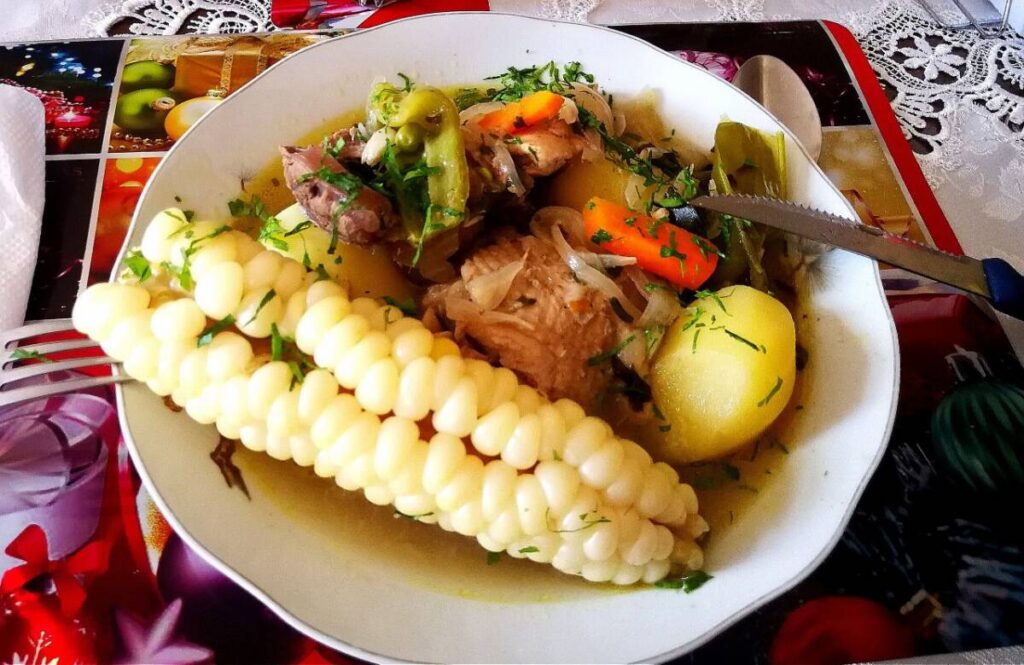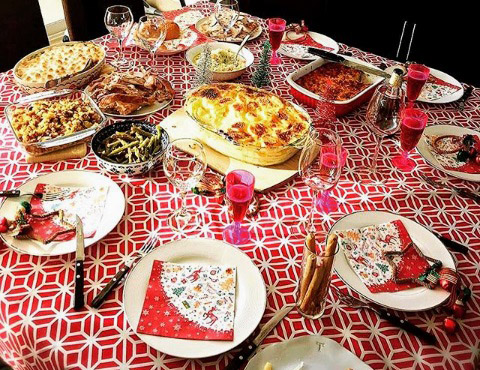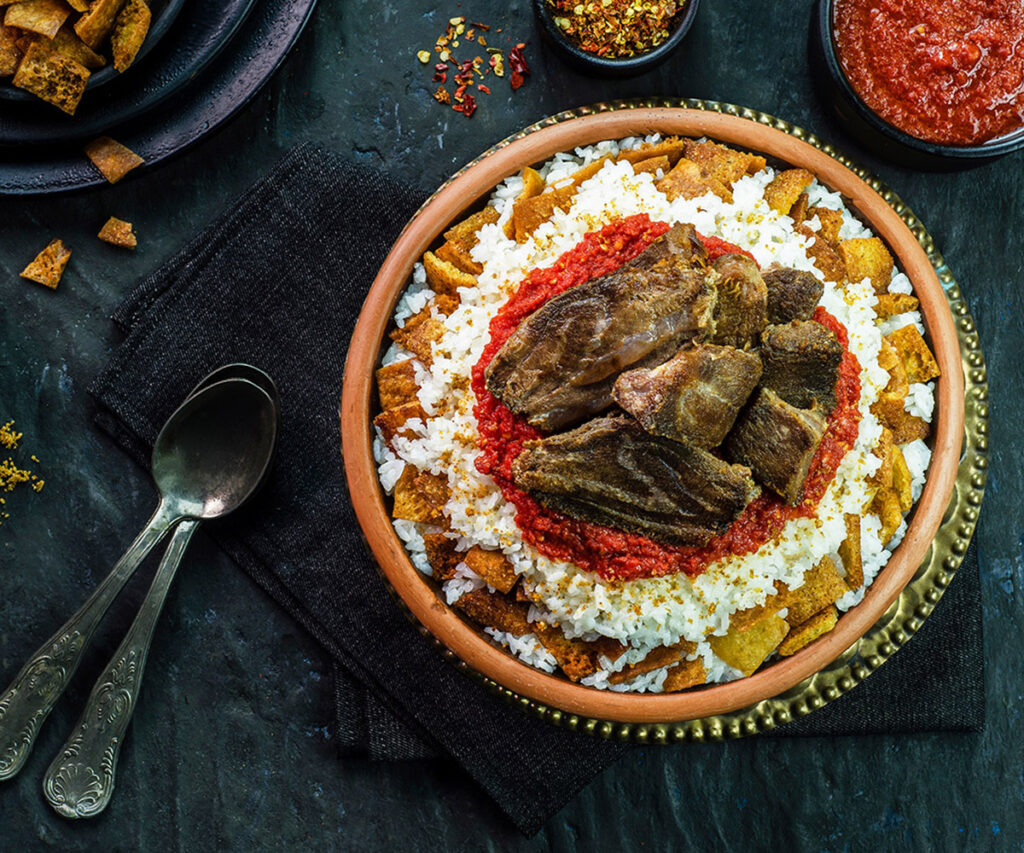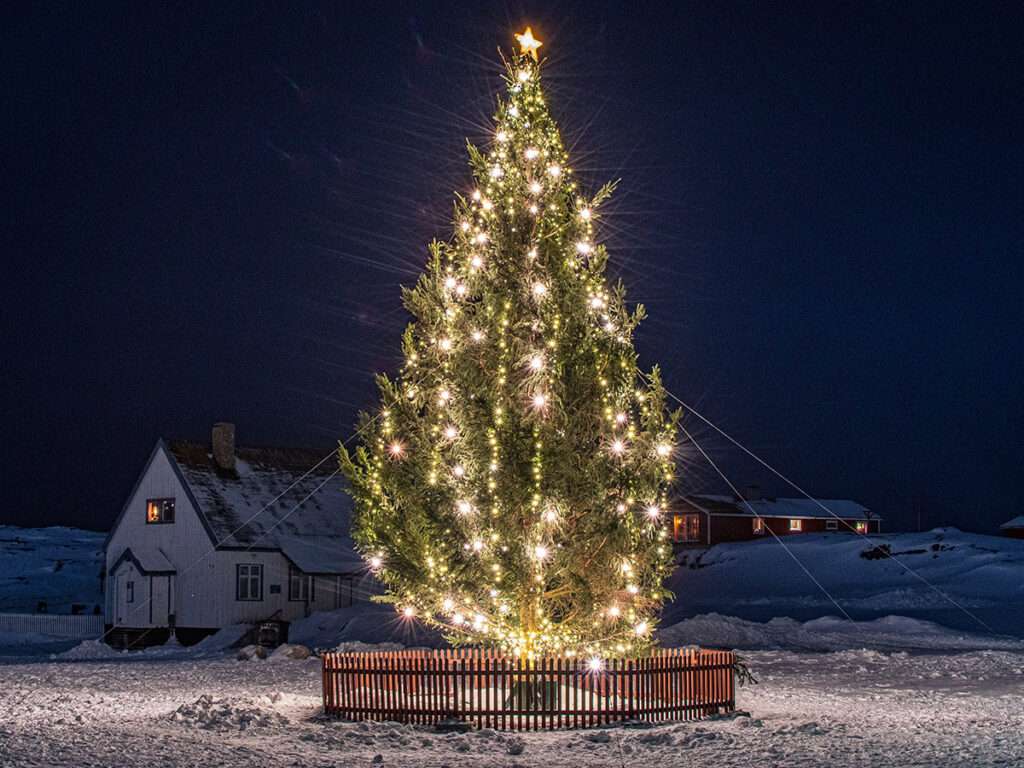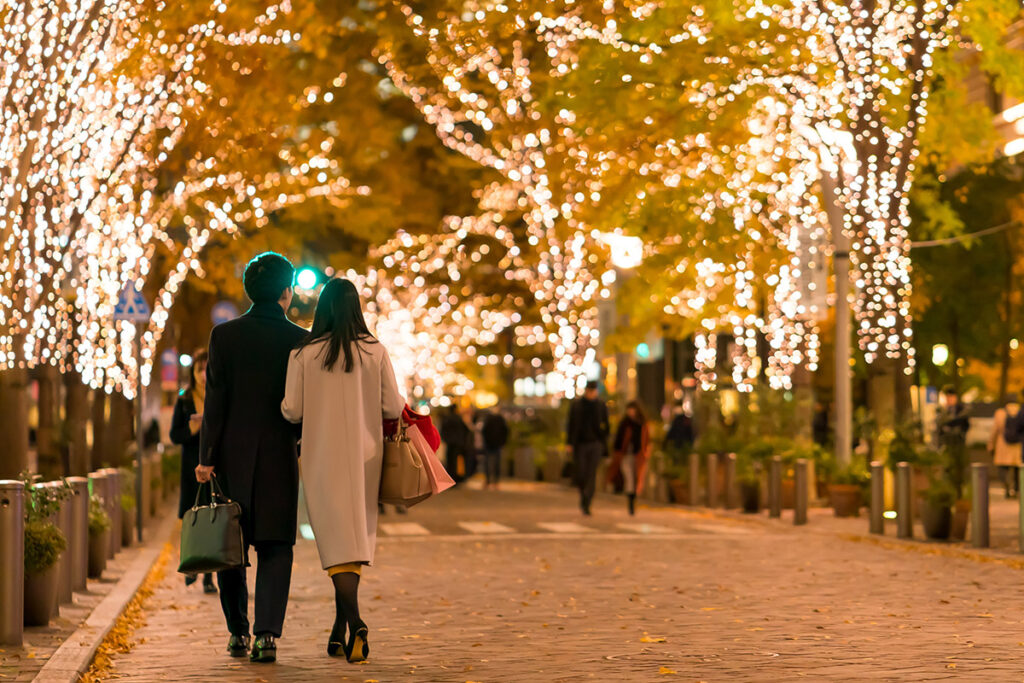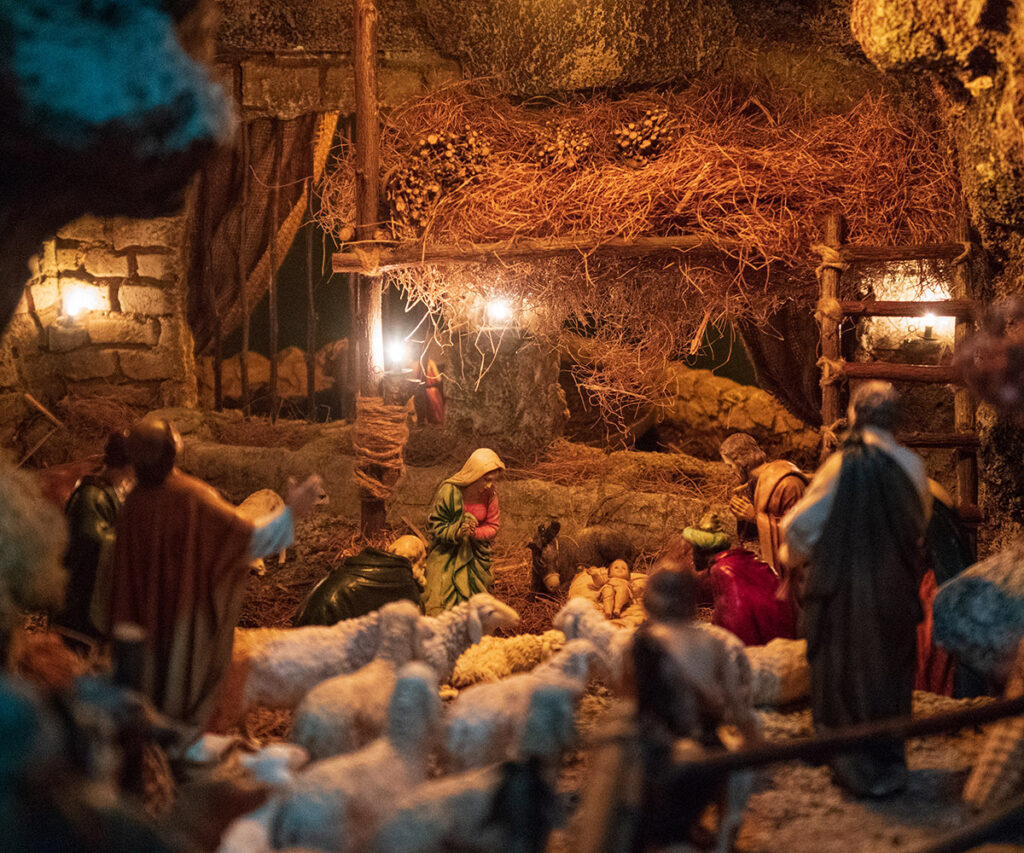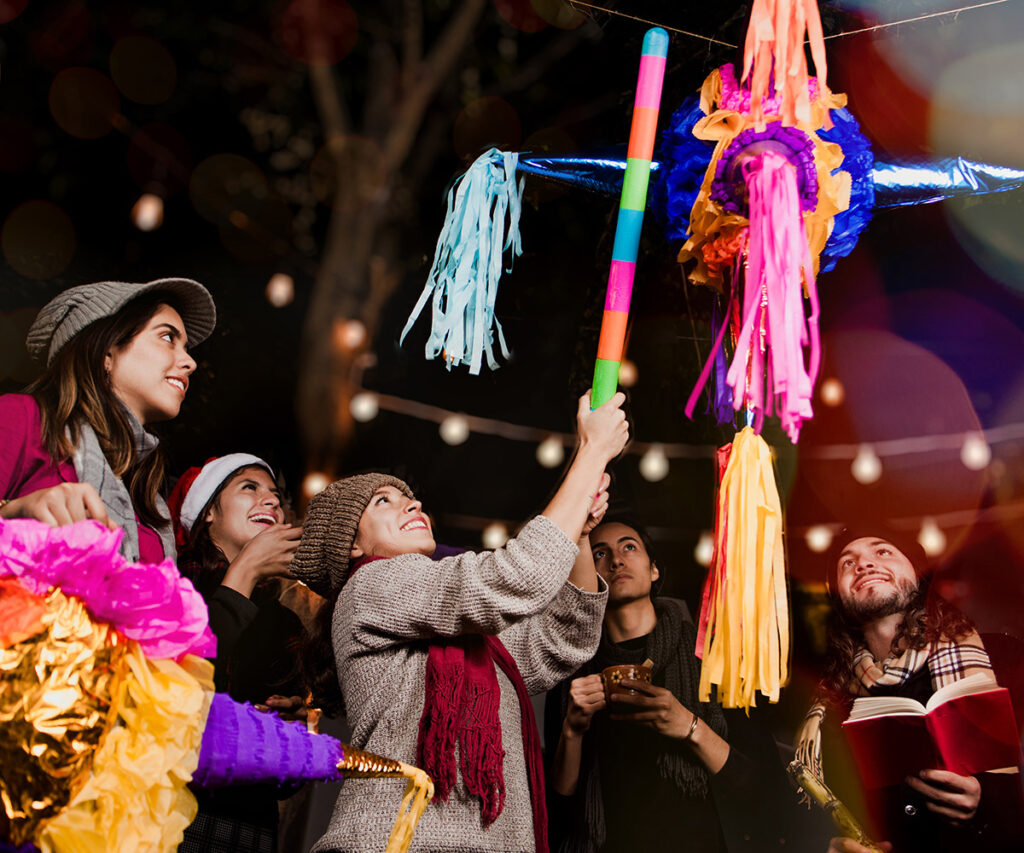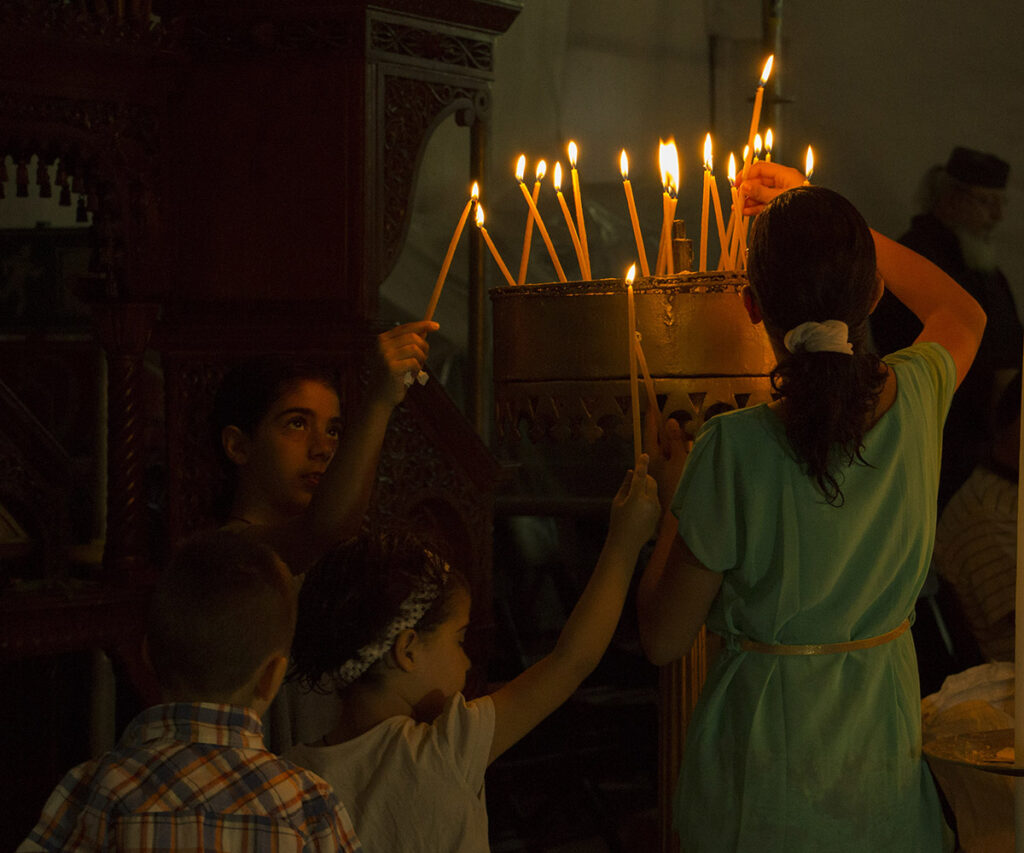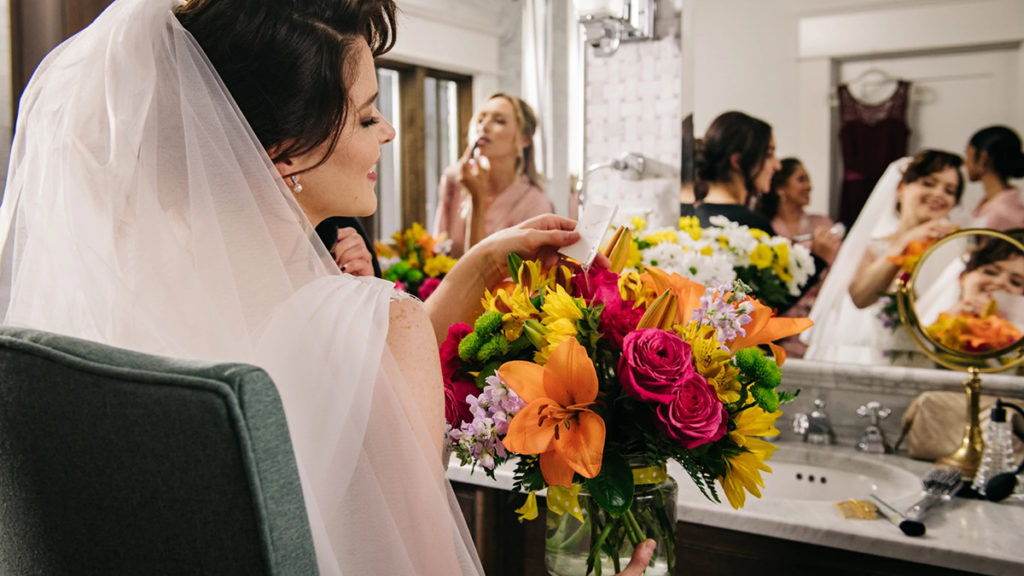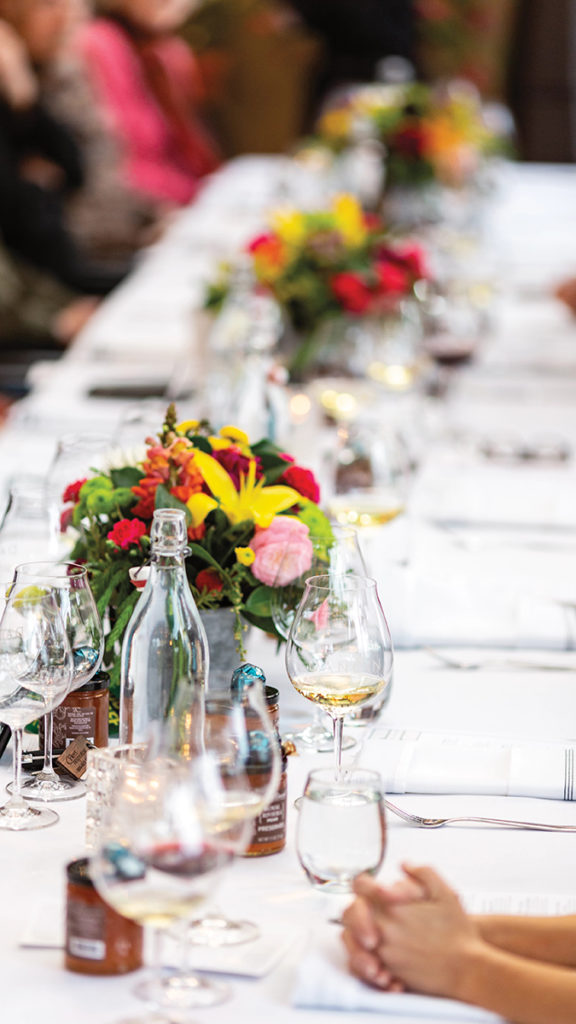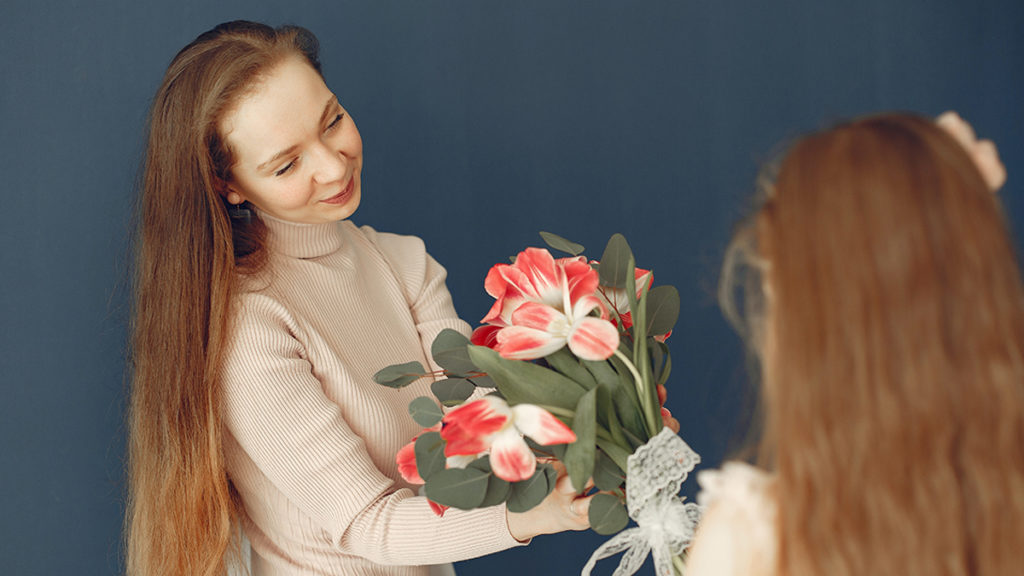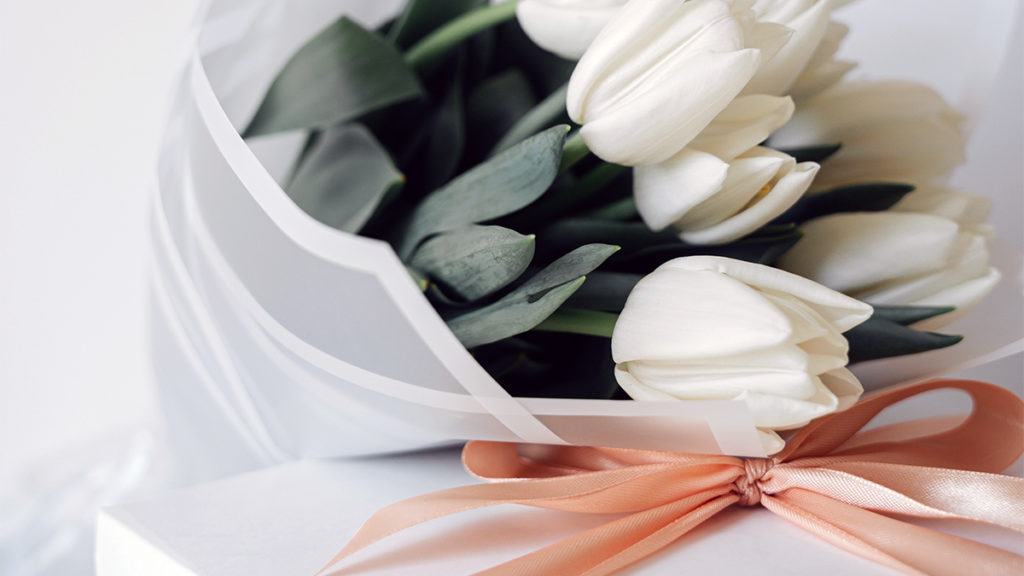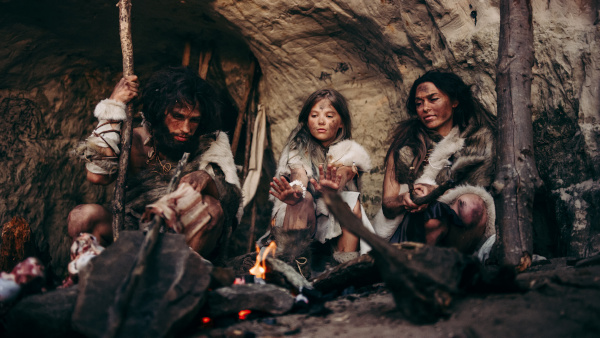From poems and songs to paintings and novels, the gift of a mother’s love has been celebrated by men and women for thousands of years. One of the most important and long-lasting festivities to celebrate Mom is, of course, Mother’s Day, a holiday recognized in many countries around the world to honor and appreciate mothers and mother figures of all types for their love, care, and sacrifice.
In ancient times, just as today, gifts of tributes or cards and flowers — along with time spent with that nurturing, mothering figure — have long been the mainstay of these joyous occasions. Here’s a look at the history of Mother’s Day and how it has evolved over the years, as well as a reminder of just how essential this day dedicated to moms everywhere really is.
Mother’s Day is a way to recognize and honor the nourishing and nurturing part of motherhood, while also now recognizing that mothers, and the act of mothering, can take all different shapes and forms.
Diana Madoshi, board member for the Western Association of Women Historians
Earliest forms of Mother’s Day
The tradition of celebrating mom precedes the creation of the modern Mother’s Day, dating far back into recorded times. Most historians believe that civilization’s earliest celebrations of motherhood occurred in ancient Greece during a festival honoring the “mother of the gods,” Rhea, who was considered a symbol of female fertility, motherhood, and the passing of one generation to another.
This jubilant festival was typically held in the spring, in the month of March or April, and involved parades, large party-like gatherings, and bountiful feasts. Men and women would also bring offerings, including flowers and fruits, that they would dedicate to Rhea as they prayed for her blessings.
Greece wasn’t alone in its early appreciation of “Mom.” Other early cultures also enjoyed similar celebrations of motherhood, including the ancient Romans, Egyptians, Chinese, and Indians. In each of these populations, members of the public gathered in large groups to honor their respective mother figures: Roman goddess Cybele, queen of the pharaohs Isis, Chinese “mother of all mankind” Nuwa, and Indian mother figure Durga. The festivals often included formal processions, masks and costumes, dancing and singing, prayer, immense communal meals, and the offerings of countless gifts and flowers for each of these beloved women.
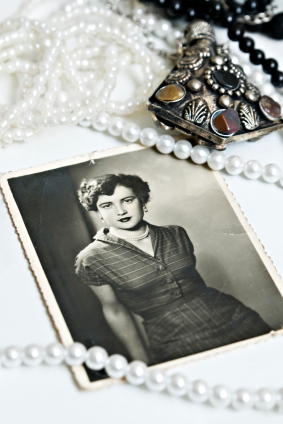
A U.K. holiday is born
The first more modern celebration of Mother’s Day started as an event now known as Mothering Sunday, an annual holiday in the United Kingdom that can be traced back to the 16th century.
According to Dr. Paula Gooder, canon chancellor of London’s St. Paul’s Cathedral, “The history of Mothering Sunday is that on the fourth Sunday of Lent, a day also known as ‘Laetare Sunday’ when fasting was suspended and refreshment taken, people would return to their ‘mother churches’ — the place where they were baptized — for worship. Because this would often be in or near their home parish, they would then go home to visit their mother,” she says.
“In the U.K., we now call the day ‘Mothering Sunday’ and remember all those who have ‘mothered’ us through our lives, including the church,” Gooder told us. “This changes the day from being focused solely on our own mothers and instead focuses our appreciation on the experience of being cherished and nurtured by whoever performed that act. This is an important shift as it reminds us to be thankful for all those kinds of ‘mothering’ experiences.”
Mother’s Day in America takes shape
According to Molly Murphy MacGregor, executive director and cofounder of the National Women’s History Alliance, the earliest American Mother’s Day celebration occurred in 1872, when Boston poet, pacifist, and women’s suffragist Julia Ward Howe set out to establish a special day for mothers — and dedicated to world peace — following Europe’s bloody Franco-Prussian War, which led to more than 180,000 deaths.
Howe’s efforts gained popularity for several years, in and around Boston in particular. But, over time, the movement she inspired gradually lost steam, and an organized effort to celebrate moms in the U.S. disappeared for more than a decade.
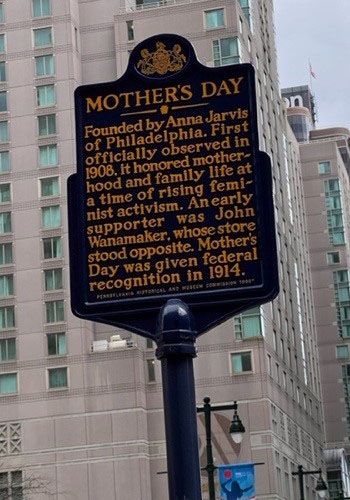
That all changed at the turn of the century, however, when West Virginia activist and early community service advocate Anna Jarvis began campaigning for a special day to honor American mothers. Unlike Howe’s efforts to connect the celebration to world peace, Jarvis took a different tack: She drew inspiration for the creation of a national holiday honoring mothers from the death of her own mom, Ann Reeves Jarvis, in 1905.
Deeply impacted by the loss of Ann — who was known as “Mother Jarvis” and had campaigned tirelessly for better sanitation and health conditions throughout the South — Anna Jarvis set out to create a day to honor mothers everywhere. She started writing letters to community leaders, politicians, and other local officials, urging their support for the creation of a federally recognized Mother’s Day celebration.
And her efforts paid off. In 1908, the first official Mother’s Day celebration took place at a Methodist church in Grafton, West Virginia. Thousands attended, paying tribute to their mothers through speeches as well as countless gifts and dedications, including flowers and handmade cards.
Following the success of that initial local Mother’s Day celebration, Jarvis began pushing to make the occasion even bigger. She again gave countless speeches and interviews on the subject, wrote letters to newspapers and magazines, and lobbied politicians for their support of the creation of a national holiday. And, once again, she was successful: President Woodrow Wilson officially signed a proclamation in 1914 recognizing Mother’s Day as a national holiday that was to be celebrated on the second Sunday in May — a date that holds true to this day.
Flowers for mom
From ancient celebrations honoring different goddesses to the U.K.’s Mothering Sunday to the modern Mother’s Day holiday in the U.S,, one tradition holds true across the board: the gift of flowers.
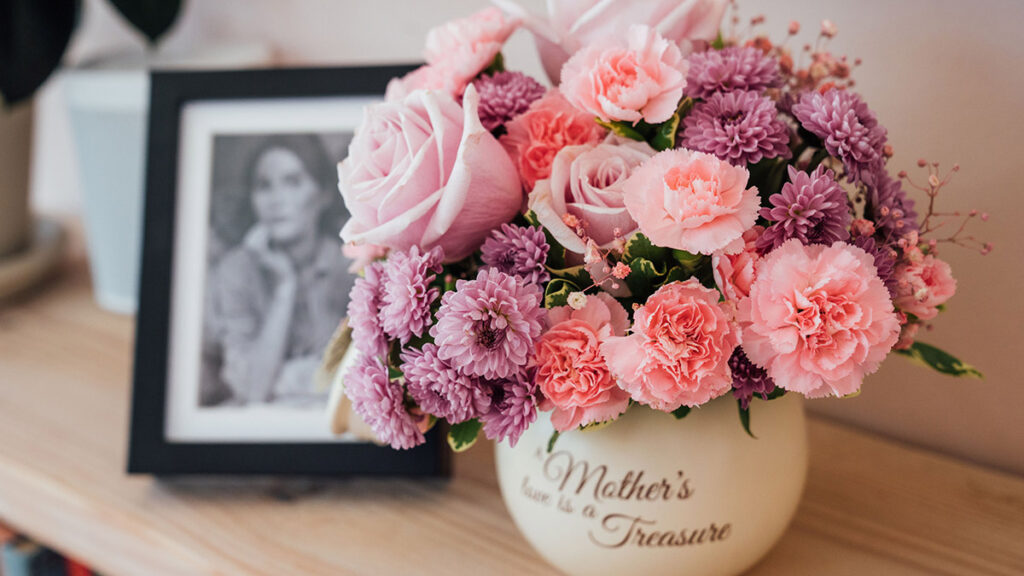
That stems from the fact that flowers have been used as universal signs of love and appreciation for thousands of years. Flowers symbolize love, appreciation, and beauty — the very traits most typically associated with motherhood. They are signs of life and birth (and rebirth!), and experts say that giving flowers encompasses countless feelings and emotions — everything from a gesture of gratitude and indebtedness to recognition for years of love and sacrifice.
American Mother’s Day founder Anna Jarvis instilled the tradition of giving flowers in her very first Mother’s Day celebration. She insisted that church officials distribute white carnations — her mother’s favorite flower — in honor of the mothers of all of those in attendance who had passed away. Since then, carnations, as well as other flowers including roses, lilies, daisies, tulips, daffodils, and sunflowers, have all gained prominence as traditional Mother’s Day gifts.
An ever-evolving celebration
Being a mother, and the act of mothering itself, has grown and changed over time — and that means the Mother’s Day holiday, and who and what we celebrate on this day, has had to evolve as well.

“[Mother’s Day] is still about feeling the joy and happy memories of being a mother and celebrating a mother’s love, but we also now recognize that Mother’s Day can be complicated for many people,” says Diana Madoshi, a board member for the Western Association of Women Historians. “Fathers can be mothering. Older siblings can be mother figures. Friends can be mothers in some ways.
“The beauty of Mother’s Day today is that it’s a way to recognize and honor the nourishing and nurturing part of motherhood, while also now recognizing that mothers, and the act of mothering, can take all different shapes and forms, each of which is deserving and worthy of being honored and celebrated.”
4 surprising Mother’s Day facts
1. Americans spent an estimated $31.7 billion for Mother’s Day in 2022, almost double the amount spent just 10 years earlier ($18.6 billion).
2. The most popular Mother’s Day gifts, in descending order, are:
- A card (given by 57% of individuals surveyed)
- Flowers or plants (53%)
- Gift cards (35%)
- A special meal (25%)
- Jewelry (21%)
3. Mother’s Day is the single busiest day of the year in the American restaurant industry, with more than one-third of adults going out to eat.
4. The most popular flowers to give for Mother’s Day are carnations, followed by roses, hydrangeas, sunflowers, and tulips.




